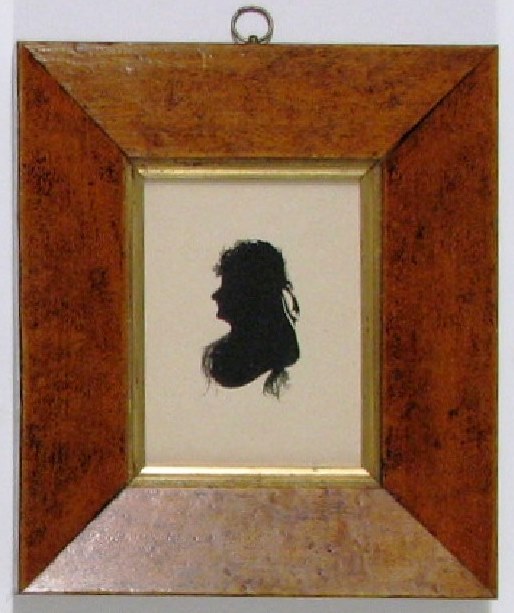 Loading... Please wait...
Loading... Please wait...All prices are in All prices are in AUD
Categories
- Home
- Blog History Revisited
- Lady Sarah Lennox, King George III & The Honourable George Napier
Lady Sarah Lennox, King George III & The Honourable George Napier
Posted by ©Sandra Ker Owner and CEO of the Antiquarian Print Gallery that began in 1989 in Adelaide, South Australia. Dealer in Antique Prints and Maps. on 25th May 2024
Royal Court Beauty, Lady Sarah Lennox
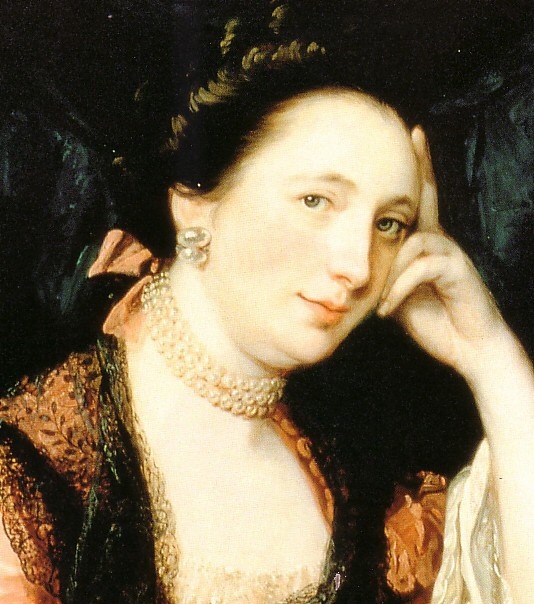
On pulling a historical thread to research a traditional Regency Silhouette, finding a tale of sadness, delight, spirit and a happy ending. It begins with British court beauties which is too often a story of plot and counter-plot, jealousy, envy, hatred, malice. It is refreshing, therefore, to find in this 18th century period of artificiality a figure so delightful as that of Lady Sarah Lennox. Her first husband, Sir Charles Bunbury, was a neglectful husband, but she eventually found a good man and delighted in her eight children. Lady Sarah also has the distinction of being most fortunate to painted by esteemed portrait masters and discovered by myself as a example of a modest silhouette as a Mrs Napier, when she was most content.
Her Royal Encounter with Edward II
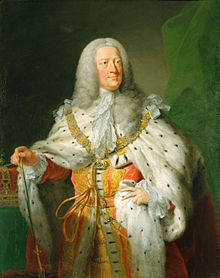
Her journey begins as an orphan of the The Duke and Duchess of Richmond, when she was five. Lady Sarah went to stay with her grownup sister, Lady Caroline Fox, at Holland House in London. When playing one day in Kensington Gardens she broke away from her nurse, dashed up to the elderly George II, cried "How do you do, Mr. King? What a lovely, big house you have here, haven't you?" The King was delighted, and carried her off into Kensington Palace. One day he shut her into a great china jar to test her courage, and the only effect it had was to start her carolling the old French rhyme, "Malbrouck s'en va-t-en guerre!" When she was a little older, Lady Sarah went to Ireland to her grandmother, and did not come back to London till she was fourteen. Hearing of her return, George II sent for her to visit his Court, in spite of her youth.
British Portraiture: Sir Joshua Reynolds
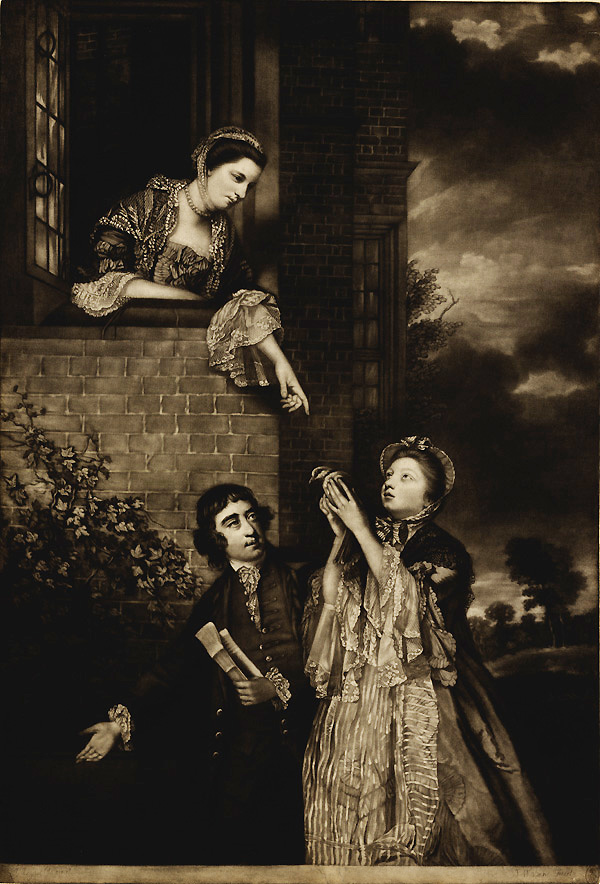
By the time she was fifteen Lady Sarah was a radiant creature, of whom a delightful description has been left by her uncle: "Her beauty is not easily described, otherwise than by saying she had the finest complexion, most beautiful hair, and prettyest (sic) person that ever was seen, with a sprightly and fine air, a pretty mouth, and remarkably fine teeth, and excess of bloom in her cheeks, little eyes - but this is not describing her, for her great beauty was a peculiarity of countenance, that made her at the same time different from and prettyer (sic) than any other girl I ever saw." Thankfully we need not imagine her beauty as esteemed Portrait painter, Sir Joshua Reynolds, made her the subject of a portrait still hanging on the walls of Holland House. Thackeray describes it as, ‘a magnificent masterpiece...canvas worthy of Titian.’ She is depicted holding a fragile bird, looking up the window, next to the young black-eyed Charles James Fox her nephew, before whom there lay a parliamentary career of the highest distinction.
A Besotted George III
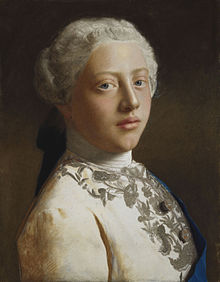
When George III became King, the question of his marriage very soon arose. It is written that he was besotted by Lady Sarah Lennox. A Princess of Brunswick was mentioned, but his heart was far nearer than that. He had become enchanted by Lady Sarah.To this friend, the influential Lady Susan, George III practically proposed to Lady Sarah. Lady Sarah’s family developed an ambition that she would be the next queen. Largely for this reason, the young king was discouraged from selecting her as a wife. The royal match was scotched by the King's advisors, particularly John Stuart, 3rd Earl of Bute, who feared losing his royal influence to Henry Fox,1st Baron Holland, Lady Sarah's brother-in-law. So it was the “pret-tyest person that was ever seen”, next meet with George III as one of 10 bridesmaids to his future Queen Charlotte. Lady Sarah confided in Lady Susan, "Luckily for me, I did not love him, and only liked him".
Sir Charles Bunbury, 6th Baronet
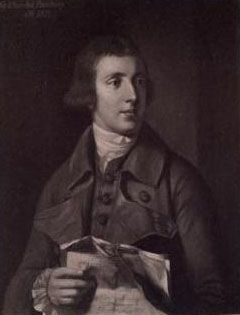
Indeed she was happily in love with a sporting, racing, hunting squire, very good-looking, and fairly well off, and to him she was married a few months after the King married . Thus she became My Lady Bunbury at the age of seventeen, and wife of the man who was afterwards known less as the husband of a historic beauty than as the "Father of the Turf," and owner of the first Derby winner, Diomed. For a time she was very happy, but Sir Charles was more interested in his horses than in anything else.It seems she became notorious for having affairs as a distraction from an unhappy marriage. After a few years he neglected his beautiful wife, and left her to the attentions of others. She left her husband in February 1769, after the birth of her daughter Louisa Bunbury, and eloped with her cousin and Louisa's biological father Lord William Gordon, the second son of the Duke of Gordon. Bunbury's divorce on the grounds of adultery was finally granted by Parliament on 14 May 1776.
Lady Sarah Finds Contentment
At the age of thirty-six we find her beautiful, gracious, witty, and humble; a model mother, being wooed by the Honorable George Napier. He had very little money, but poverty she did not mind now that she had found a peace for which she had long given up hoping. She married him in 1781. A tall man at six feet & 2 inches, most handsome, and as clever as he was good-looking. To bring up this family Sir George and Lady Sarah never had more than a thousand pounds a year, but the high-spirited girl who, "if she had had a grain of artfulness in her," would have been Queen of England, was quite content and do without for the sake of her devoted husband. Napier died in 1804, and left her absolutely broken-hearted. She was poor, too, until the King granted a pension of 800 a year to his old love in recognition of Napier's services.This journey of discovery was possible thanks to this simple Regency Silhouette.
©Sandra Ker, Antiquarian Print Gallery/History Revisited, South Australia 2015
Recent Posts
- » Lady Sarah Lennox, King George III & The Honourable George Napier
- » Schomburgk's Botanic Garden & Park Plan, 1874
- » "City of Adelaide" Clipper Ship - What is Old Is New Again
- » Napoleon, Hudibrastic Poetry, Doctor Syntax & the Power of Satire
- » Colonial Melbourne to Albury "Parlour Car" Photo Connects to Adelaide Past & Present






